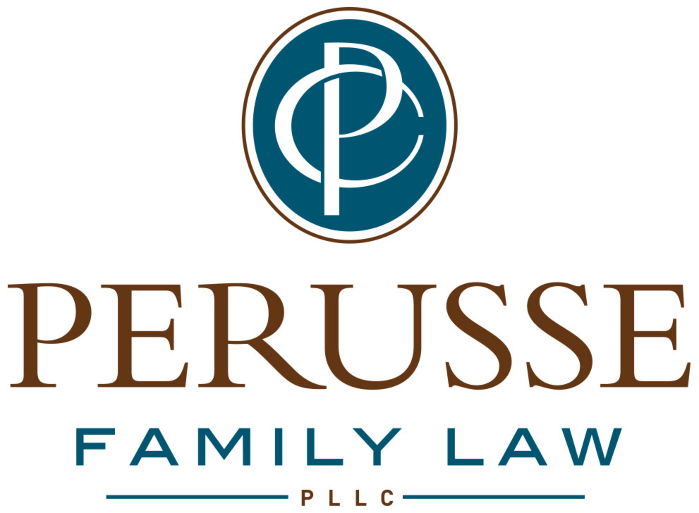Colorado Spousal Maintenance / Alimony
Spousal maintenance is financial support paid by one spouse in a marriage to the other. The first question to ask about spousal maintenance is does either party in the marriage need financial support after the divorce? If a person is unable to pay for their own reasonable living expenses from the property and other resources they will have at their disposal after the divorce and from their own income from employment then spousal maintenance may be awarded.
In addition, the courts still leave room for the tax consequences of maintenance if any. The Tax Cuts and Jobs Act of 2017 which, was implemented in 2019, eliminated spousal maintenance as a deduction to the payor and as income to the payee. It is no longer a “taxable event.” But, the tax laws tend to change over time and the statute provides for both scenarios and considers the net effect of taxable spousal maintenance income to the payee.
After this analysis of “need” then the next questions are how much is paid and for how long? Colorado uses a “guideline” mathematical formula for calculating the amount of maintenance. If a couple has been married at least 3 years and earn gross annual income of $240,000 or less, the guidelines apply. If they earn more than $240,000 per year and married more than 20 years then the court may deviate from the guideline formula.
Amount
The calculation is done like this:
1. Taxable Maintenance If the maintenance award is deductible for federal income tax purposes by the payor and taxable income to the recipient, the amount of maintenance under the advisory guidelines is equal to forty percent of the parties’ combined monthly adjusted gross income minus the lower income party’s monthly adjusted gross income. (Adjusted gross income for spousal maintenance purposes is income less any previous court ordered support obligations.)
2. If the calculation results in a negative number, the amount of maintenance is zero.
3. Non-Taxable Maintenance and under $10,000/mo If the maintenance award is not deductible for federal income tax purposes by the payor and not taxable income to the recipient, the amount of maintenance under the advisory guidelines for parties with a combined monthly adjusted gross income of ten thousand dollars or less is equal to 80% of the amount calculated above in #1.
4. Non-Taxable Maintenance and between $10,001-$20,000/mo If the maintenance award is not deductible for federal income tax purposes by the payor spouse and not taxable income to the recipient spouse, the amount of maintenance under the advisory guidelines for parties with a combined monthly adjusted gross income of more than ten thousand dollars but not more than twenty thousand dollars is equal to 75% of the amount calculated above in #1.
Here is one calculator you can use to figure guideline maintenance.
Duration
In general, the duration of maintenance under the guidelines ranges from 1/3 the length of a short marriage to up to ½ the length of a long marriage measured in whole months.
The court must in all spousal maintenance cases consider all relevant factors including the following:
(1) The financial resources of the recipient spouse, including the actual or potential income from separate or marital property or any other source and the ability of the recipient spouse to meet his or her needs independently;
(2) The financial resources of the payor spouse, including the actual or potential income from separate or marital property or any other source and the ability of the payor spouse to meet his or her reasonable needs while paying maintenance;
(3) The lifestyle during the marriage;
(4) The distribution of marital property, including whether additional marital property may be awarded to reduce or alleviate the need for maintenance;
(5) Both parties’ income, employment, and employability, obtainable through reasonable diligence and additional training or education, if necessary, and any necessary reduction in employment due to the needs of an unemancipated child of the marriage or the circumstances of the parties;
(6) Whether one party has historically earned higher or lower income than the income reflected at the time of permanent orders and the duration and consistency of income from overtime or secondary employment;
(7) The duration of the marriage;
(8) The amount of temporary maintenance and the number of months that temporary maintenance was paid to the recipient spouse;
(9) The age and health of the parties, including consideration of significant health care needs or uninsured or unreimbursed health care expenses;
(10) Significant economic or noneconomic contribution to the marriage or to the economic, educational, or occupational advancement of a party, including but not limited to completing an education or job training, payment by one spouse of the other spouse’s separate debts, or enhancement of the other spouse’s personal or real property;
(11) Whether the circumstances of the parties at the time of permanent orders warrant the award of a nominal amount of maintenance in order to preserve a claim of maintenance in the future;
(12) Whether the maintenance is deductible for federal income tax purposes by the payor and taxable income to the recipient, and any adjustments to the amount of maintenance to equitably allocate the tax burden between the parties; and
(13) Any other factor that the court deems relevant.
If you think you may have to pay spousal maintenance or are thinking of asking for spousal maintenance, call the attorneys at Perusse Family Law, PLLC today to schedule an appointment.






